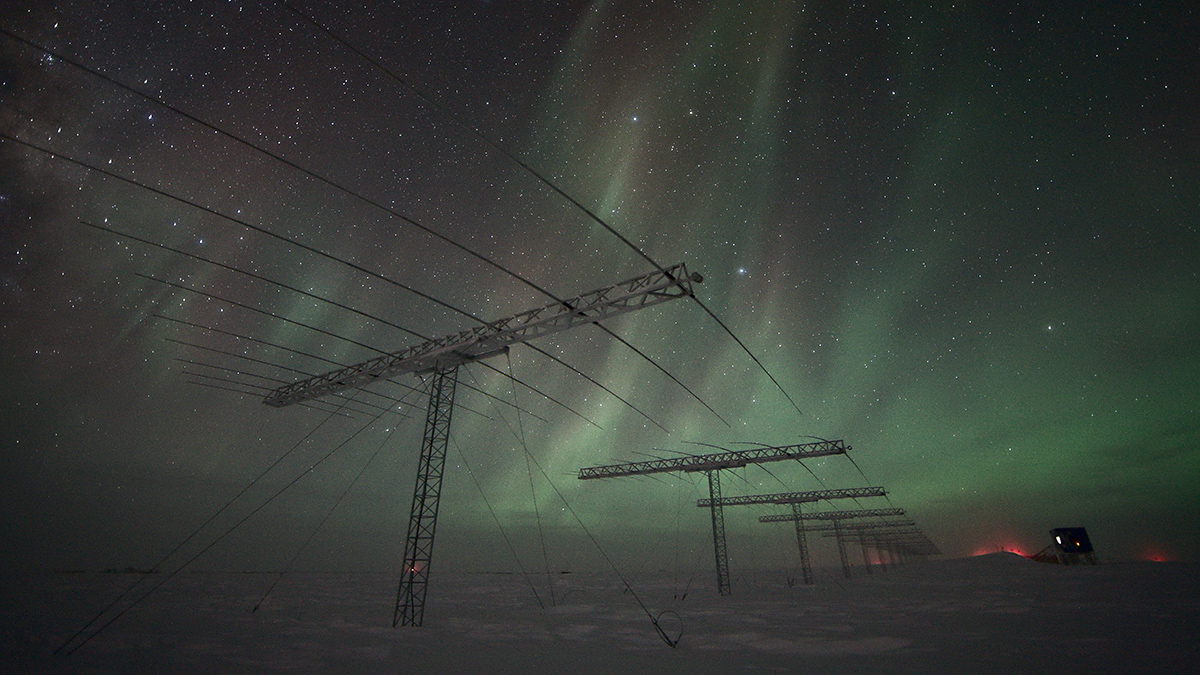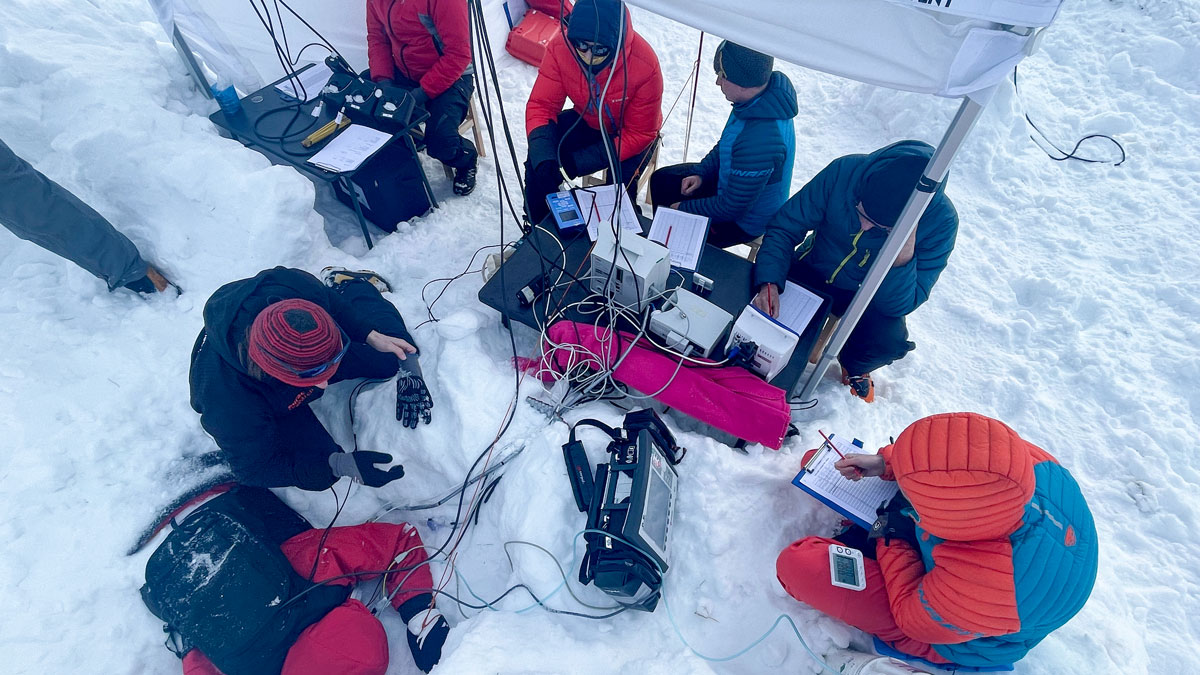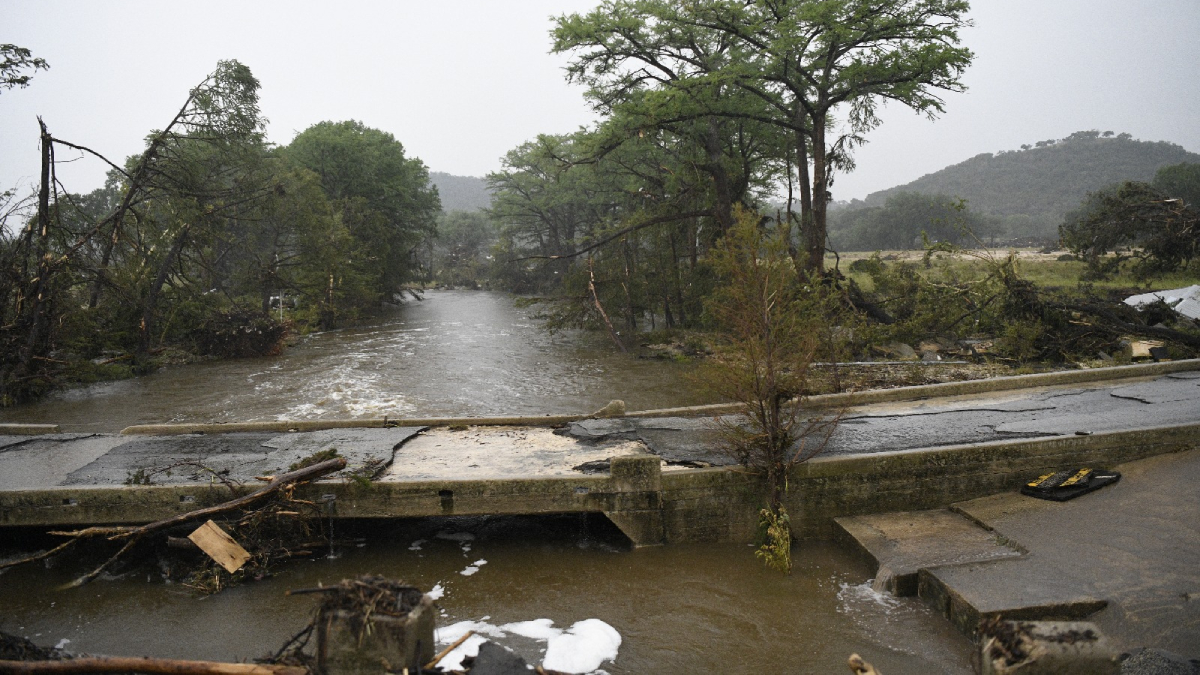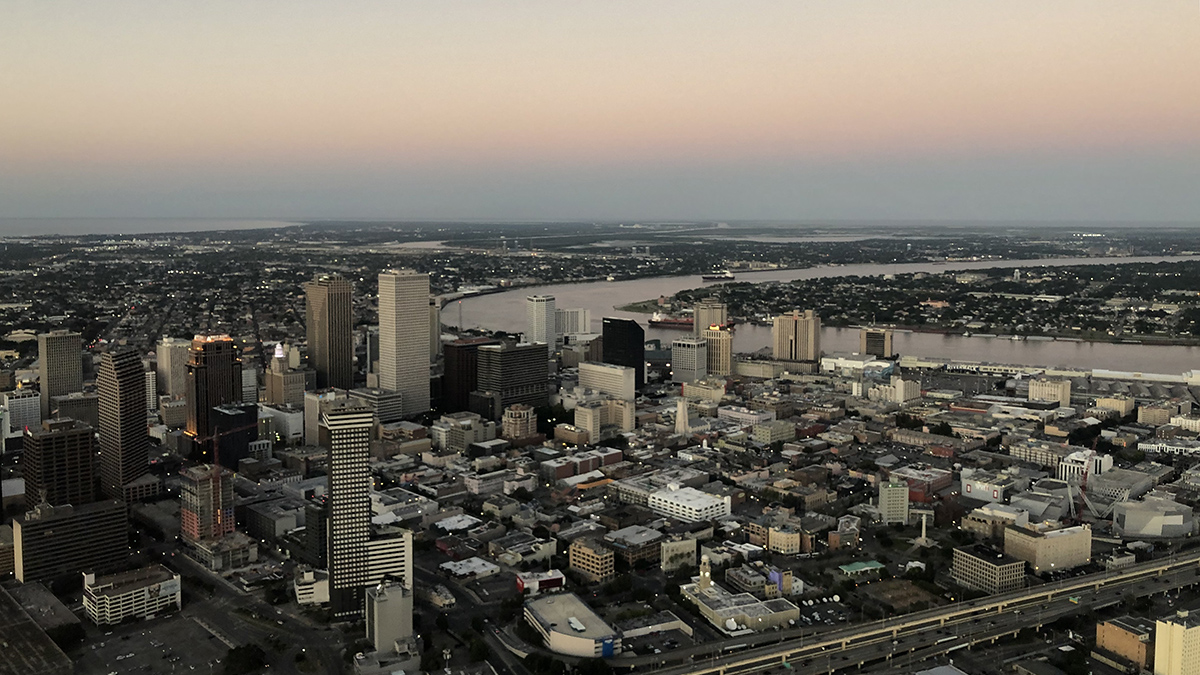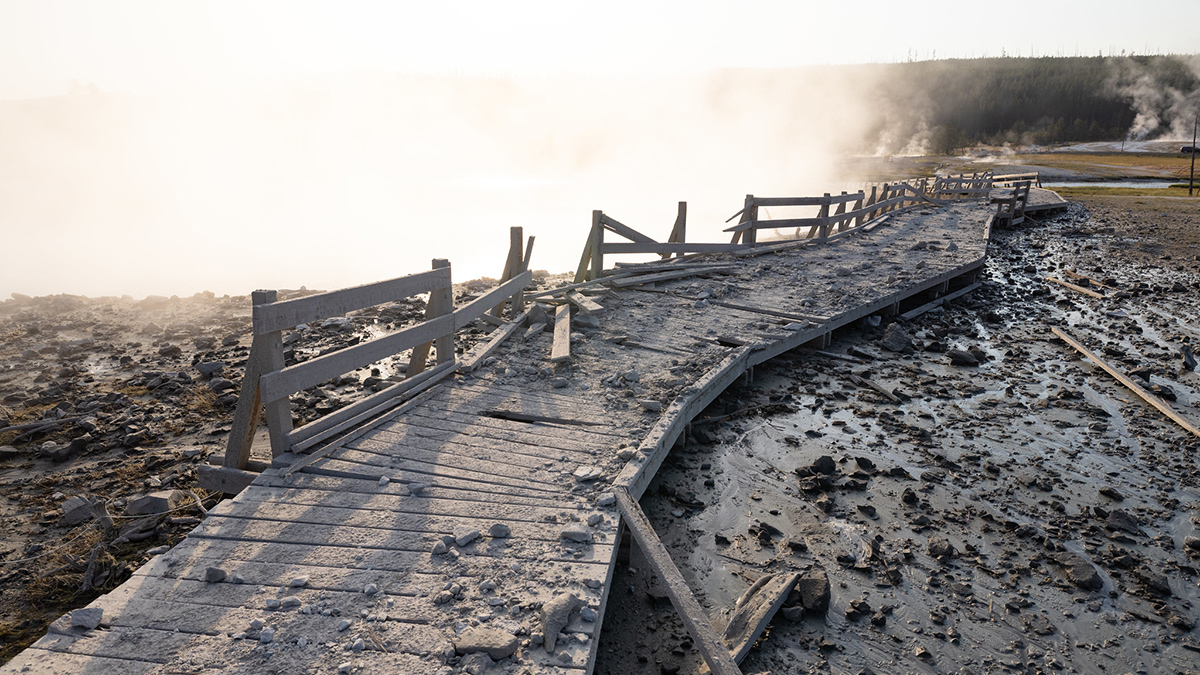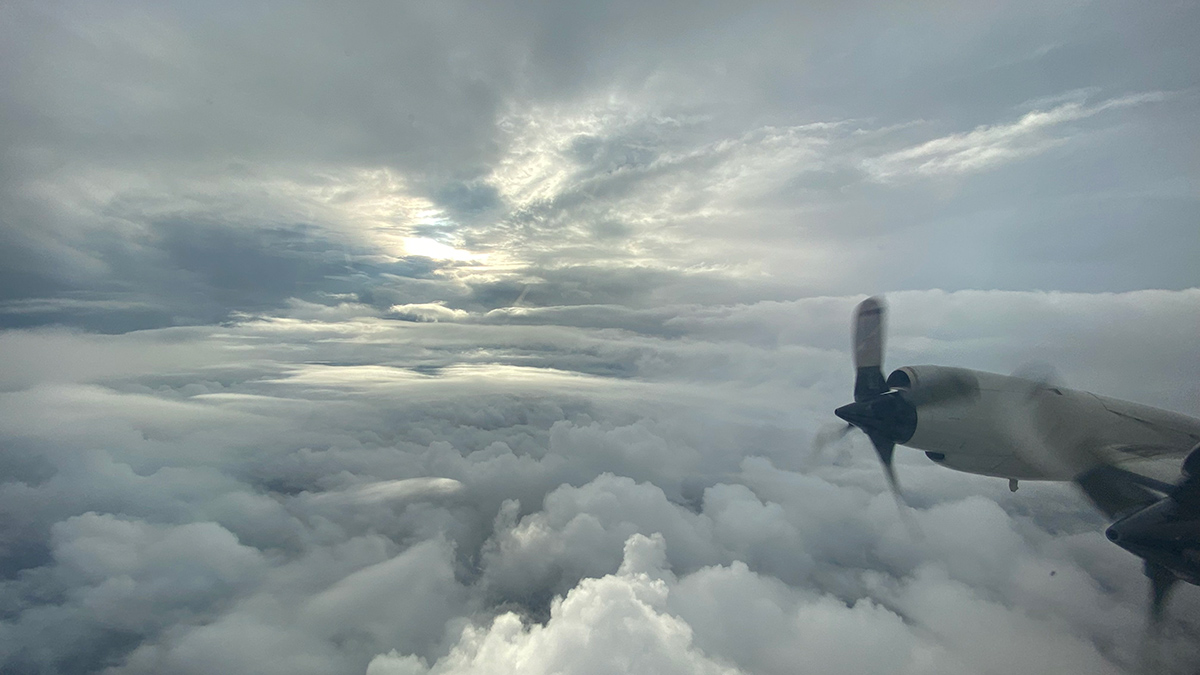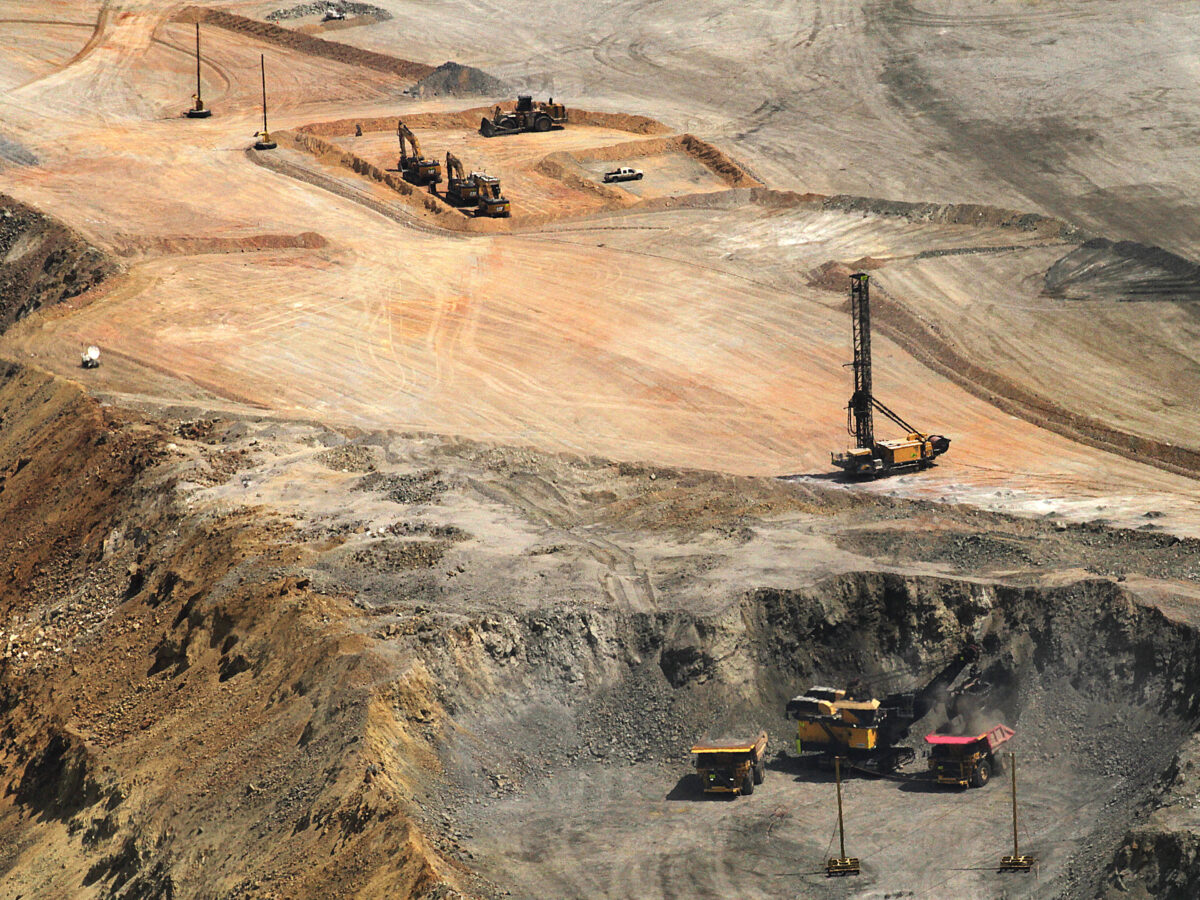This could be bad news for satellites and spacefarers.
safety
Safety Device Supplies Life-Saving Air in an Avalanche
An Alpine medical team buried 24 volunteers in a mountain pass. Their study confirmed the efficacy of the Safeback SBX, which uses snow’s natural porosity to supply air to buried avalanche victims.
FEMA Puts Dissenting Staff on Indefinite Leave
More than a dozen FEMA staff, all signatories of that Katrina Declaration, were placed on indefinite administrative leave.
Parts of New Orleans Are Sinking
Areas near the airport, along floodwalls, and in nearby wetlands are subsiding because of a combination of natural and anthropogenic forces.
Hydrothermal Hazards on Display in Yellowstone National Park
Tourists and officials were startled by a hydrothermal explosion at Black Diamond Pool in July 2024. Geoscientists are working out how and why it occurred to better understand these hazardous events.
The Wildest Ride on a Hurricane Hunter Aircraft
A 1989 flight through Hurricane Hugo tops the list for stomach-churning turbulence experienced by scientists, pilots, and crew aboard aircraft designed to fly through storms.
Large Outdoor Gatherings Expose Event-Goers to Severe Weather
Researchers pinpointed the riskiest events in terms of lightning and tornado exposure by mining data from more than 16,000 large outdoor gatherings.
DOGE and GSA Target Mine Safety Office for Cuts
The Mine Safety and Health Administration (MSHA), which works to protect U.S. miners from injury, illness, and death on the job, is among the latest federal agencies targeted for cuts by the Department of Government Efficiency (DOGE).
Home Foundations Are Crumbling. This Mineral Is to Blame.
Pyrrhotite causes cracks in concrete. But research on how widespread the issue might be has only scratched the surface.
Water Testing Builds Trust in Science as Maui Communities Recover
Following fires that ravaged the island in 2023, researchers educated residents about how wildfires affect water quality, and gathered data to determine how wildfire impacts change over time.

